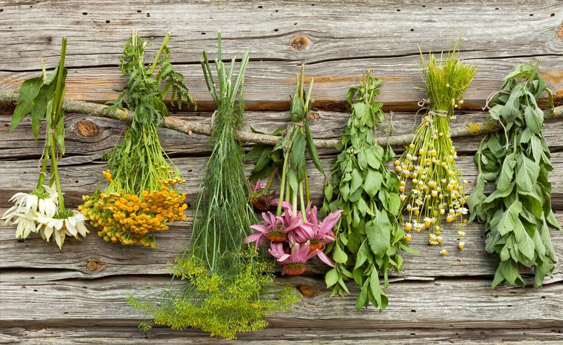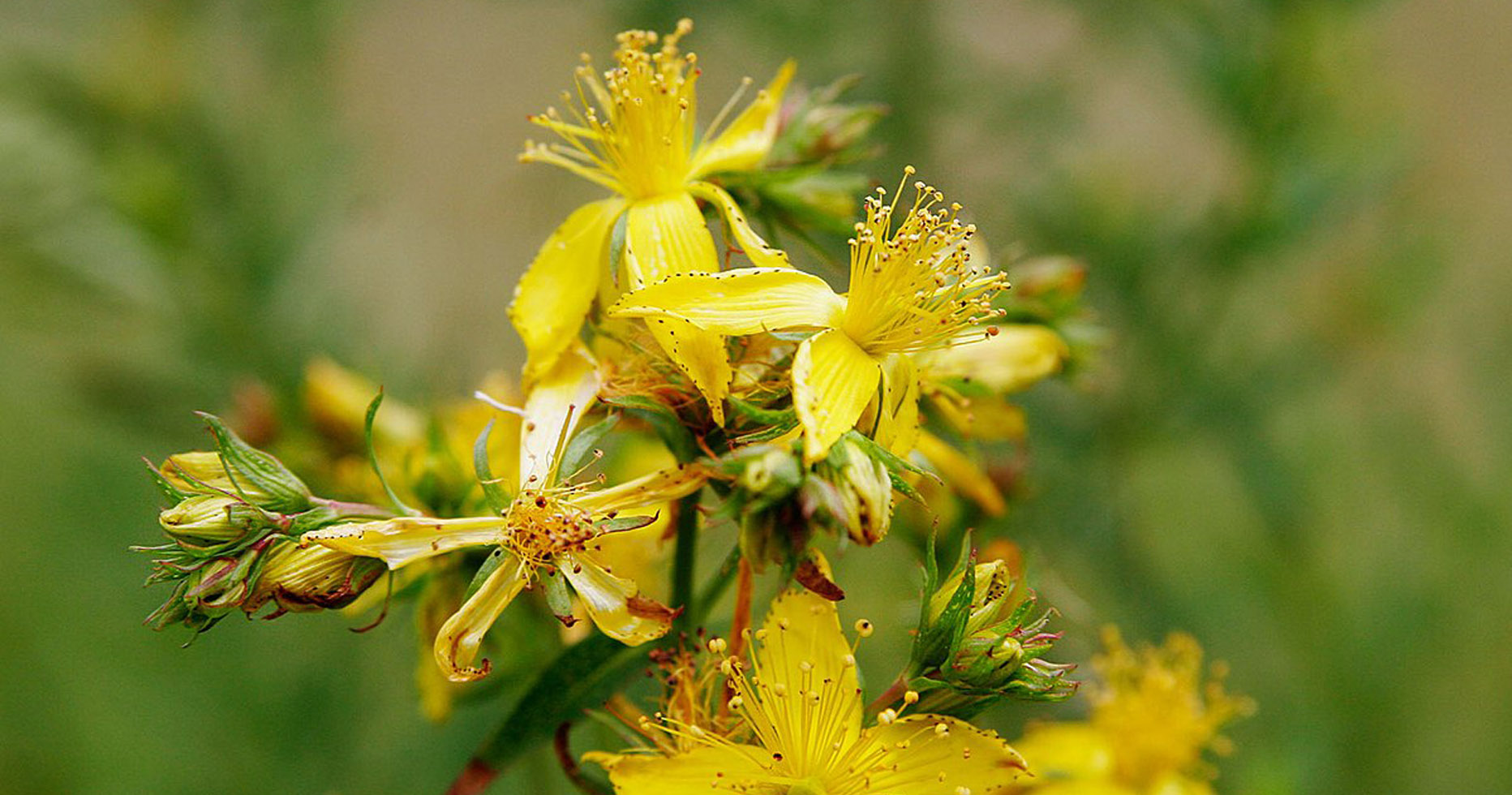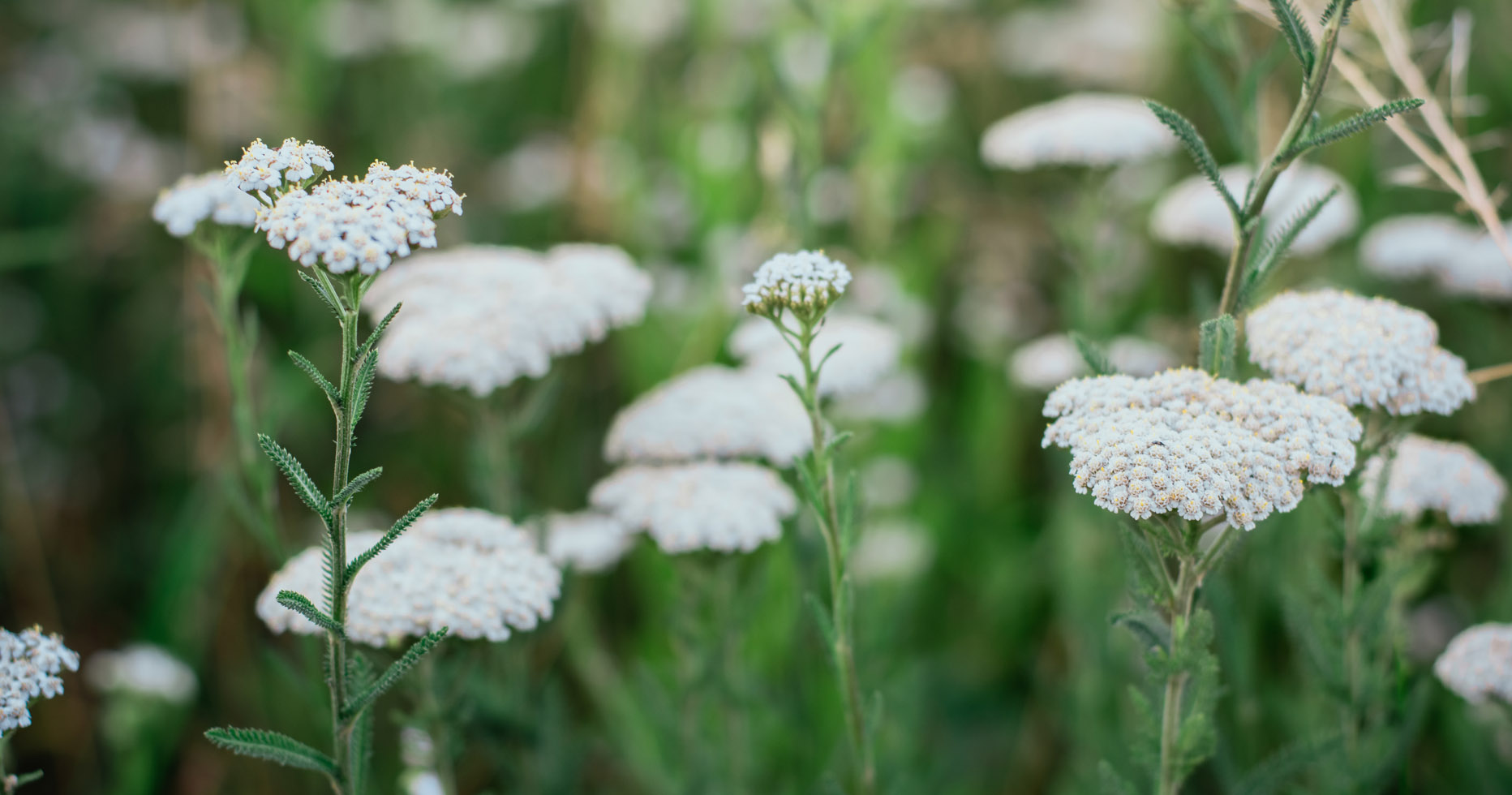Medical plants

If we follow nature as our guide, we will never go astray.
Cicero
From coastal belt to alpine one in the Dinaric Arc, in forests, mountains, meadows, pastures, along the thickets, on our islands and ridges, a number of plants with medicinal properties grow. Medicinal plants are those that are used in medicine for medicinal purposes based on their chemical composition, or that people use for healing based on their old tradition or practical experiences. According the World Health Organization definition, a medicinal plant is any plant which, in one or more of its organs, contains substances that can be used for therapeutic purposes. The oldest nations like the Babylonians, Egyptians, Indians and Greeks, on their journeys throughout the Mediterranean Sea expanded their knowledge about nutritious and healing properties of plants and about their possible applications. In that way, many collections of recipes and instructions for treating various diseases were made. However, with the progress of science and medicine, medicinal plants treatment became ever more rare. Most of the medicinal species are collected from the nature. Excessive and unprofessional picking of medicinal plants led to endangerment of as many as 15,000 species globally. In Europe, the number of threatened species is 150, among which there are great yellow gentian (Gentiana lutea), mountain arnica (Arnica montana), buckbean (Menyanthes trifoliata), yellow pheasant’s eye (Adonis vernalis), bearberry (Arctostaphylos uva-ursi), round-leaved sundew (Drosera rotundifolia), stiff clubmoss (Lycopodium annotinum, L. clavatum), liquorice (Glycyrrhiza glabra), as well as the species from orchid family and Icelandic moss (Cetraria islandica). Some of interesting medicinal plants that we can find in the Dinaric Arc area are:

St. John’s wort – Hypericum perforatum
St. John’s wort (Hypericum perforatum) is a widespread herbaceous plant. It grows on sunny meadows across Europe. Herbaceous parts and flowers are used. Red specks and creases on its leaves, calyx and crown leaves contain resin, which is coloured dark with anthocyanin and xanthophyll. The resin smells aromatically and tastes bitter. It is insoluble in water, and easily soluble in alcohol and fatty acids. In addition to the resin, it contains essential oil, bitter extractive matter, tannin, gum, etc. It is used in liver and kidney diseases, gout, bleeding, stomach ache and headache. An extract from the flowers is taken for external use.

Yarrow – Achillea millefolium
Yarrow (Achillea millefolium), or outlaws’ plant in Montenegrin, got its name from the fact that outlaws bandaged wounds with it. If we should consider its Latin name, we conclude that it is associated with Achilles, the Greek hero who is believed to have bandages his wounds with it. There is, also a Greek myth that Achilles, in order to be resistant to arrow stabs, coloured all parts of his body but the heel with the St. John’s wort tincture. The second part of the Latin name millefolium refers to its numerous flowers, hence the folk name stolisnik in Montenegrin to denote “hundreds of flowers”. This species can be found in meadows, forest edges, glades, pastures from hill to mountain zone. The part of the plant to be picked is the aerial part of a plant in flower. It is used for wounds and to stop bleeding. It is used as herbal infusion as means of blood cleansing, to treat liver diseases and for appetite.
